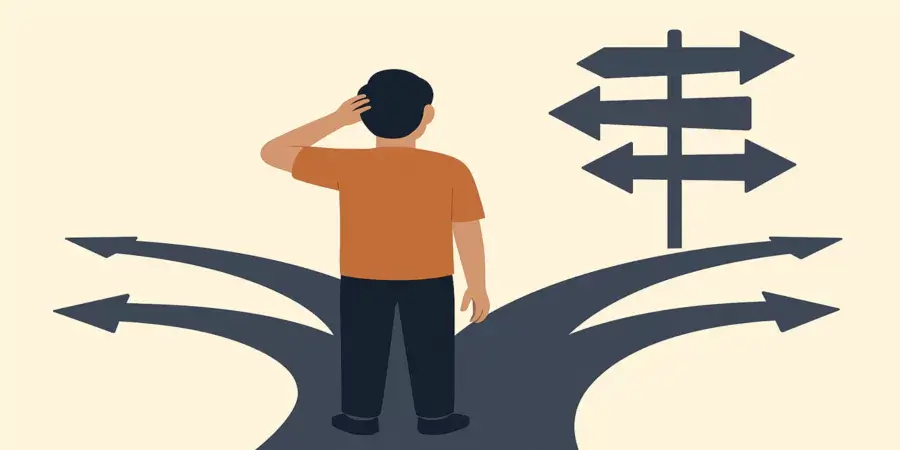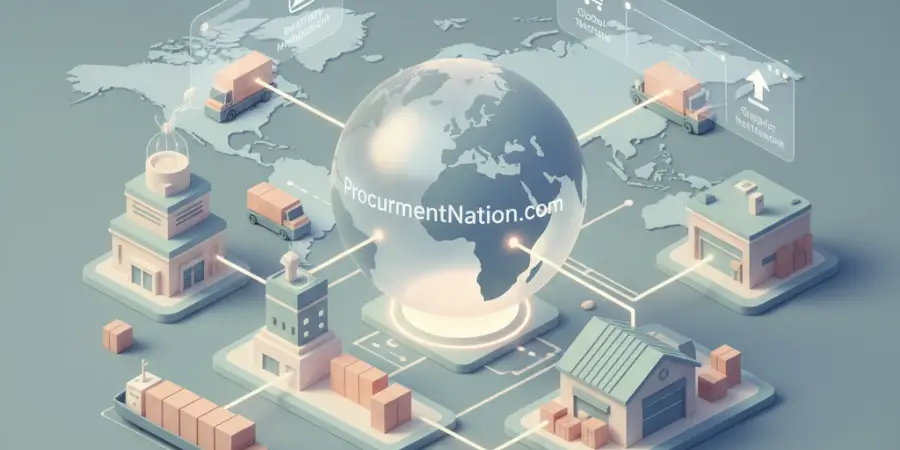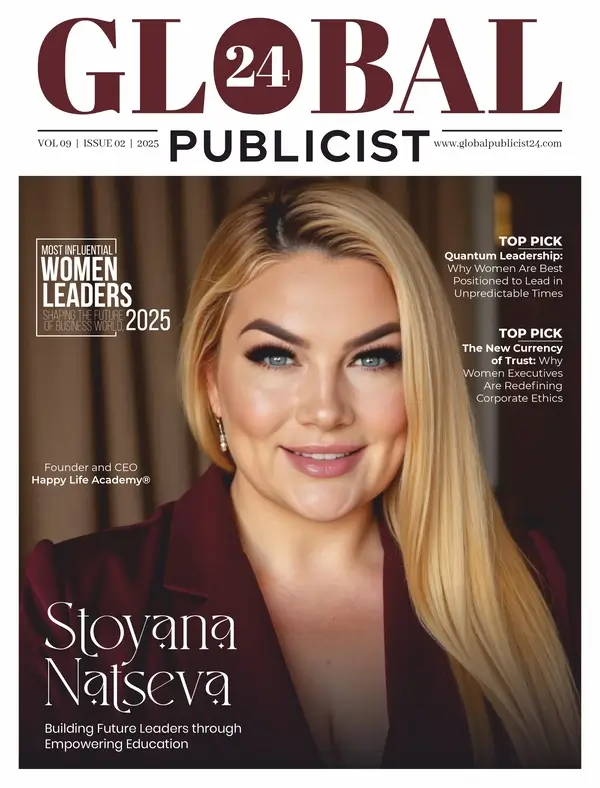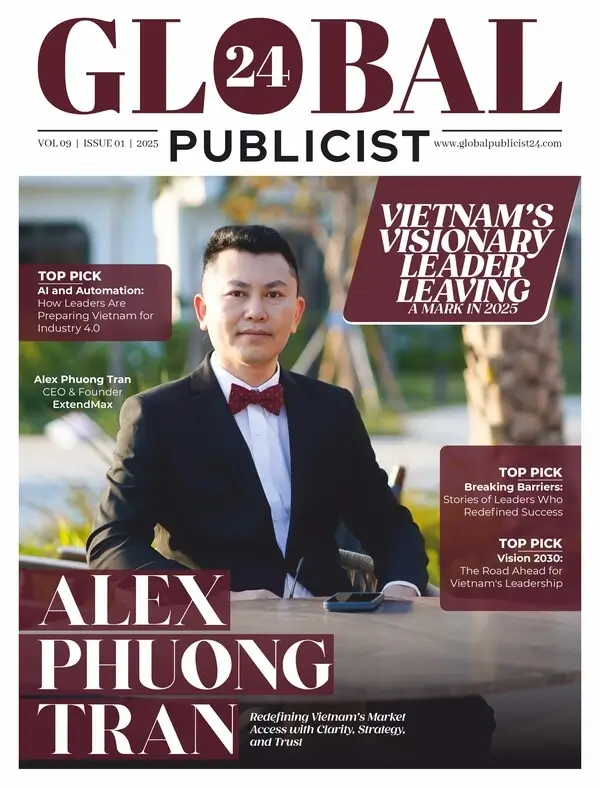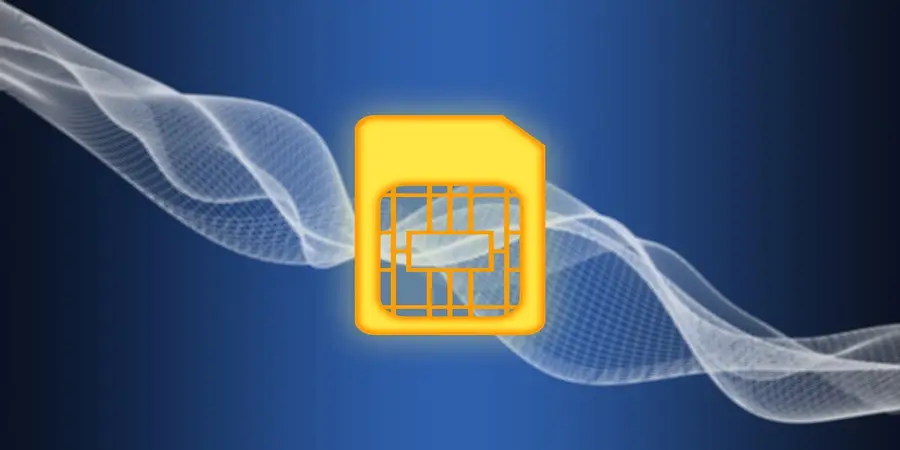You walk into a coffee shop. You want a latte, but the menu offers a full page of options: vanilla, lavender, caramel, coconut, oat milk, almond milk, double shot, extra strong. Suddenly, you’re no longer sure you want a latte at all. Maybe just water or a plain black coffee?
In a world of endless possibilities, we should feel happier — but often, the opposite happens. Too many options can be overwhelming, even paralysing. In psychology, this phenomenon is called the paradox of choice.
So how does it work? When does “less” actually lead to more satisfaction — and when does “more” lead to regret and indecision? And how do brands use this psychological trap to boost their sales?
What is the paradox of choice?
It sounds paradoxical, but if instead of a huge variety of coffees there were only Americano, espresso, and latte, consumers would find it easier to choose.
With fewer options, people can quickly weigh the pros and cons, make a decision, and move on with confidence.
Today, we place a high value on freedom and self-determination. The common belief is that more choice means better outcomes and greater satisfaction. But there’s clearly a tipping point — beyond which choice becomes overwhelming and counterproductive. Take WantedWin, for example, where the huge selection of slots is so vast that players often find it hard to choose just one game to try. With so many options available, the freedom to pick can sometimes feel more like a challenge than a benefit.
Let’s think like a buyer.
The Paradox of Choice: How It Works

- First impression: “Wow.”
A wide selection gives the illusion that the perfect option must be somewhere in there. This immediately raises our expectations. - “I want this… but there’s so much else here.”
Attention shifts. You start second-guessing your original preference. - “???” (confusion when ordering)
You feel stuck. Faced with so many alternatives, it’s hard to commit. - “I should’ve picked something else.”
Even after making a decision, you dwell on the options you didn’t choose. - “I never make the right choice.”
Instead of feeling happy, you question your judgment. Disappointment creeps in — not with the product, but with yourself.
The more options we have, the less satisfied we tend to be with our final decision. This is the core idea behind psychologist Barry Schwartz’s theory, which he explores in The Paradox of Choice: Why More Is Less and his popular TED Talk.
Schwartz explains that too many choices — whether it’s types of milk at the store or movies on a streaming platform — can lead to anxiety and decision fatigue. Rather than enjoying our freedom to choose, we:
- avoid making a decision at all, feeling paralysed by the overload
- make a choice, but regret it, blaming ourselves for not picking “the best one”
One of the key studies behind this theory was conducted by psychologists Sheena Iyengar and Mark Lepper at Stanford. They offered shoppers a tasting of 24 gourmet jams. The next day, they reduced the selection to just six. The results? People who saw fewer options were 10 times more likely to buy. Less really was more.
Why does the paradox of choice arise
1. Cognitive Load and Choice Fatigue
Decision-making isn’t purely logical — it’s a mental process that draws on cognitive resources like memory, attention, and energy. The more options we’re presented with, the more information we need to process and compare. But consumers rarely have the time — or mental bandwidth — to evaluate every possibility in depth.
According to Miller’s Law, our brains can handle about seven (±2) pieces of information at once — whether numbers, words, concepts, or objects. That’s a manageable number. But in today’s digital world, we’re faced with dozens (sometimes hundreds) of options at every turn. The result? Mental overload.
Everyone — from companies picking suppliers or new employees to gamers choosing which game to buy or fixing their ps5 issues like random restarts and lag — can get stuck when there are too many options. When we’re worn out, we tend to go with our gut instead of weighing every detail, not because we don’t care, but simply because our brains are too tired to keep calculating.
The Paradox of Choice: Which Is Better — This or That?
Take a common example: choosing a film to watch in the evening. You open a streaming app, scroll through endless titles, watch trailers, read reviews, check IMDb scores… and end up feeling frustrated and indecisive, even though there’s plenty to choose from.
In the end, you might give up and open a book — or just rewatch Friends again.
2. Maximalism That Traps Us
Psychologist Barry Schwartz identifies two distinct approaches to decision-making:
- Maximalism is when we won’t settle until we’re sure we’ve found the absolute best option. This means hours of comparing, analysing, and second-guessing. The result? Stress, fatigue, and a lingering fear of making the wrong choice.
- Satisficing (a blend of “satisfy” and “suffice”) is when we search for an option that meets our key criteria. Once we find something good enough, we decide and move on — with less stress and more peace of mind.
The exact same decision — for example, booking a hotel — can play out very differently depending on the mindset. A satisficer might pick the first hotel with a convenient location, strong reviews, and the right price. A maximiser, on the other hand, may spend hours researching, comparing, and still feel uneasy, worried there’s a better option out there.
The mental state of the consumer is key. If someone knows exactly what they want, even a large number of options won’t overwhelm them. But if their needs are vague or flexible, too many choices can create pressure — and ultimately, paralysis.
3. Taking Responsibility
A wide range of options doesn’t just increase pressure — it also shifts the responsibility onto the consumer.
When you have dozens of choices, any disappointment feels like your fault. If the outcome isn’t ideal, you don’t blame the product or the store — you blame yourself for choosing poorly.
This self-blame can lead to regret and frustration, even with a product that’s objectively good. After all, if there are 20 shampoos for curly blonde hair on the shelf, the one you pick should be perfect — right?
When it’s not, expectations clash with reality, and dissatisfaction creeps in.
4. FOMO and the Fear of Loss
Every time you say “yes” to one option, you’re saying “no” to dozens of others. This dynamic triggers FOMO — the fear of missing out — and makes even small decisions feel weighty.
What if that other film was funnier? What if the other restaurant had better cocktails? What if you missed a better deal?
This mindset fuels procrastination, indecision, and second-guessing. And instead of enjoying what we chose, we’re stuck wondering what we may have missed.
Consumers want relevance
In most cases, people don’t actually want more choice — they want better choice. They’re looking for options that fit their needs and context, not shelves filled with near-identical alternatives. So how do successful brands respond to this shift in consumer psychology?
Costco
At Costco — a major U.S. wholesale retailer — you can find everything from groceries and clothing to televisions and tyres. But the number of options per category is surprisingly small. For instance, you won’t find 30 types of peanut butter — just three.
Costco follows a deliberate limited-assortment strategy. As the company explained in a report:
“We strive to limit the number of items in each category by size and colour, offering only high-demand models.”
These are the products people already want — and they sell fast. In fact, most items are sold before Costco even pays its suppliers. On average, the company generates $470,000 in sales per minute.
Tesco
The British supermarket giant Tesco made a bold move when it removed 30,000 items — about a third of its product range. Why? Because discount rivals Aldi and Lidl were winning market share with a simple strategy: fewer products, faster decisions.
While Tesco had 224 types of air fresheners, Aldi offered just 12. Shoppers began gravitating toward easier, faster buying decisions. Tesco took the hint and streamlined its inventory.
Steve Dresser of the retail consultancy Grocery Insight put it simply:
“Customers like to look at one ketchup, make sure it’s good quality and reasonably priced, and then buy it.”
Apple
In the 1990s, Apple had a messy lineup of over 70 products — and sales were floundering. The company was on the brink of bankruptcy. When Steve Jobs returned in 1997, one of his first decisions was radical simplification.
At a developer conference, Jobs drew a simple 2×2 matrix on a whiteboard:
- Vertical axis: Desktop and Portable
- Horizontal axis: Consumer and Pro
He then announced that Apple would focus on just four core products, and everything else would be discontinued. That decision marked a turning point. Apple went from a $1 billion loss in 1997 to a $309 million profit in 1998, and consumers finally understood what Apple offered.
While Apple has expanded its lineup over the years, it continues to avoid product clutter. Unlike competitors who flood the market with dozens of models in every segment, Apple keeps its offering focused and clear.
It also regularly removes older products to avoid overwhelming customers. For example, iPhones earlier than the iPhone 15 are no longer available on the official website — they’re only sold through authorised resellers.
Stitch Fix: Outsourcing the Decision
Stitch Fix is a U.S.-based personal styling service that blends AI, data, and human expertise to take the burden of choice off the customer. Here’s how it works:
- The customer fills out a style quiz, uploads photos, and shares preferences.
- Algorithms analyse over 90 parameters to generate a personalised clothing selection.
- A professional stylist fine-tunes this list, factoring in context (like travel plans, weddings, or body type), and sends a curated box — the “Fix” — containing five items.
- The Fix costs $20, which is credited toward any purchase. If the customer keeps all five items, they get a 25% discount, encouraging full-box buys.
- Customers have three days to try everything on at home, keep what they like, and return the rest — for free.
Stitch Fix simplifies a complex decision and removes choice fatigue by offering relevant, filtered, and styled suggestions in advance — a model many businesses can learn from.
Conclusion
Too many options can overwhelm shoppers. What they really want is relevance, clarity, and confidence in their decisions.
- Curate your offering. A smaller, well-designed assortment (like Trader Joe’s or Apple) makes every item feel special — and easier to explore.
- Simplify decision-making. Use smart filters, product quizzes, and social proof to guide customers through large selections without exhausting them.
- Use tech to reduce uncertainty. Virtual try-ons and AI tools help customers visualise products and feel more secure in their choices.
- Support them after the purchase. Follow-up messages, onboarding guides, and personal touches (like playlists or tips) reduce regret and build loyalty.
In the end, less can truly be more — especially when it’s done thoughtfully.

